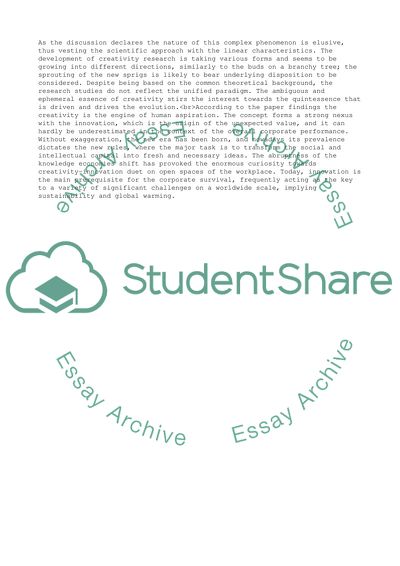Cite this document
(“Managment Change and Creativity in Organizations Essay”, n.d.)
Managment Change and Creativity in Organizations Essay. Retrieved from https://studentshare.org/management/1702084-managers-should-view-reality-as-a-process-and-should-regard-time-change-and-creativity-as-representing-the-most-fundamental-facts-for-understanding-the-world
Managment Change and Creativity in Organizations Essay. Retrieved from https://studentshare.org/management/1702084-managers-should-view-reality-as-a-process-and-should-regard-time-change-and-creativity-as-representing-the-most-fundamental-facts-for-understanding-the-world
(Managment Change and Creativity in Organizations Essay)
Managment Change and Creativity in Organizations Essay. https://studentshare.org/management/1702084-managers-should-view-reality-as-a-process-and-should-regard-time-change-and-creativity-as-representing-the-most-fundamental-facts-for-understanding-the-world.
Managment Change and Creativity in Organizations Essay. https://studentshare.org/management/1702084-managers-should-view-reality-as-a-process-and-should-regard-time-change-and-creativity-as-representing-the-most-fundamental-facts-for-understanding-the-world.
“Managment Change and Creativity in Organizations Essay”, n.d. https://studentshare.org/management/1702084-managers-should-view-reality-as-a-process-and-should-regard-time-change-and-creativity-as-representing-the-most-fundamental-facts-for-understanding-the-world.


